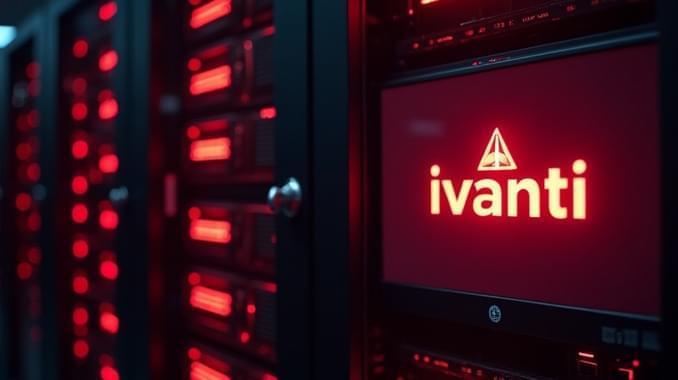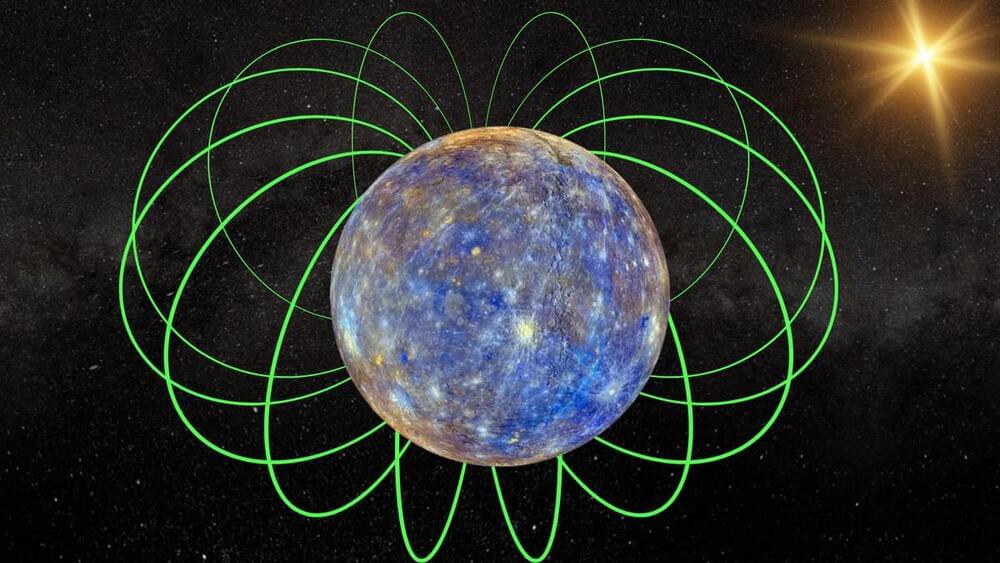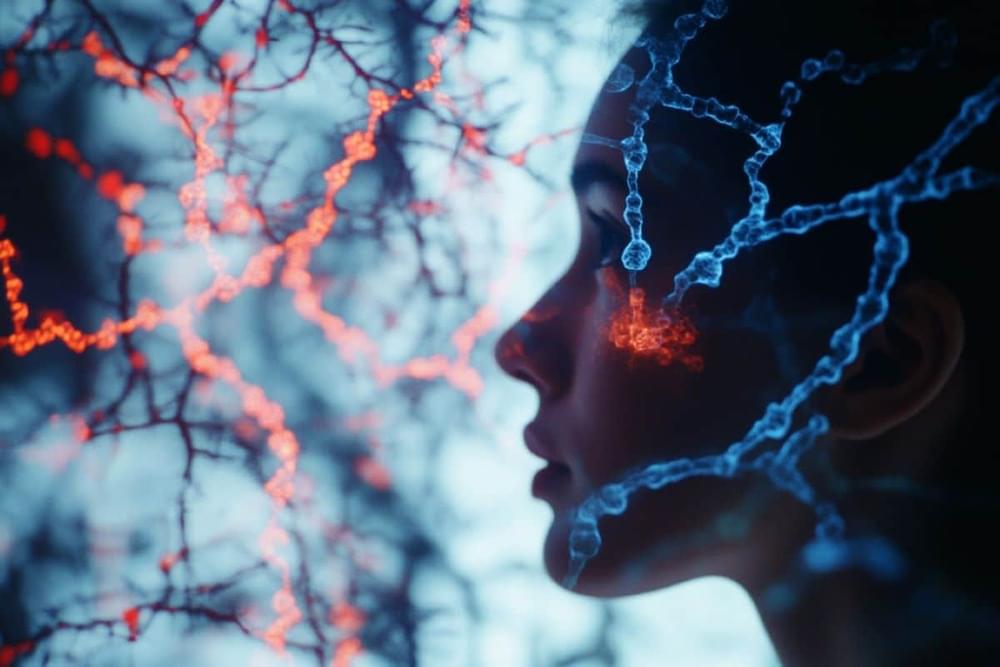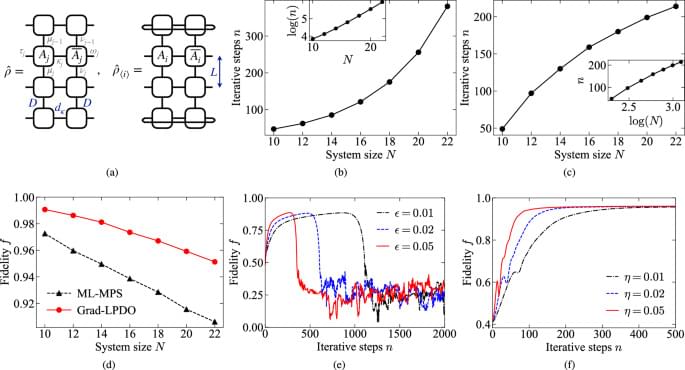Ivanti warns of active exploitation of three new CSA vulnerabilities, enabling hackers to bypass security measures.





Scientists have invented an artificial plant that can simultaneously clean indoor air while generating enough electricity to power a smartphone.
A team from Binghamton University in New York created an artificial leaf “for fun” using five biological solar cells and their photosynthetic bacteria, before realising that the device could be used for practical applications.
A proof-of-concept plant with five artificial leaves was capable of generating electricity and oxygen, while removing CO2 at a far more efficient rate than natural plants.

The team also studied the direct interaction between charged particles in the solar wind as well as plasma around Mercury and BepiColombo itself. This process is complicated by the fact that when the spacecraft is facing the sun, it is heated and cooled, and heavier charged particles called ions can’t be detected because BepiColombo becomes electrically charged and repels them.
However, when BepiColombo slips into the shadow of Mercury, cool ions in a sea of plasma become detectable. This allowed BepiColombo to see ions of the elements oxygen, sodium and potassium around Mercury. The team thinks these particles originated from the surface of the tiny planet and were launched into space by meteorite strikes or solar wind bombardment.
“It’s like we’re suddenly seeing the surface composition ‘exploded’ in 3D through the planet’s very thin atmosphere, known as its exosphere,” MPPE instrument lead Dominique Delcourt, from the Laboratoire de Physique des Plasmas, said in the statement. “It’s really exciting to start seeing the link between the planet’s surface and the plasma environment.”
On October 7, 2024, the XB-1, Boom Supersonic’s groundbreaking supersonic demonstrator, completed its fifth test flight from the Mojave Air & Space Port, reaching a new top speed of Mach 0.69 (324 KIAS) and a maximum altitude of 17,800 feet.
Flown by Chief Test Pilot Tristan “Geppetto” Brandenburg, the aircraft remained airborne for approximately 50 minutes, setting a new record for the program in terms of speed, altitude, and flight duration.
This flight marked a key milestone as the halfway point of the planned 10 subsonic test flights, all leading toward supersonic speeds later this year. A crucial element of the test was the continued use of the flutter excitation system (FES), which was repaired and reinstalled to gather data at Mach 0.6, helping to expand the flight envelope towards transonic speeds. Additionally, the landing gear was retracted immediately after takeoff, a procedure that will now be standard in upcoming flights.

Summary: Scientists have identified how genetic variants influence the risk of neurological and psychiatric disorders, including schizophrenia and autism. Using live neural cells and DNA sequencing, researchers discovered thousands of “non-coding” genetic variants with context-dependent functions, activated during brain development.
These variants act like switches, turning genes on or off depending on cellular pathways. This research offers new insights into the biological mechanisms behind psychiatric disorders and could lead to personalized treatments based on genetic profiles.

Helene shut down the Spruce Pine mines that produce ultra-pure quartz, and some fear that could cause shortages and higher prices on things we buy.
So, how likely is that to happen?
The good news is Sibelco, Spruce Pine’s largest quartz mine, says its employees and contractors are all safe and accounted for.
The tiny red dot is us.

Quantum state tomography plays a fundamental role in characterizing and evaluating the quality of quantum states produced by quantum devices. It serves as a crucial element in the advancement of quantum hardware and software, regardless of the underlying physical implementation and potential applications1,2,3. However, reconstructing the full quantum state becomes prohibitively expensive for large-scale quantum systems that exhibit potential quantum advantages4,5, as the number of measurements required increases exponentially with system size.
Recent protocols try to solve this challenge through two main steps: efficient parameterization of quantum states and utilization of carefully designed measurement schemes and classical data postprocessing algorithms. For one-dimensional (1D) systems with area law entanglement, the matrix product state (MPS)6,7,8,9,10,11,12 provides a compressed representation. It requires only a polynomial number of parameters that can be determined from local or global measurement results. Two iterative algorithms using local measurements, singular value thresholding (SVT)13 and maximum likelihood (ML)14, have been demonstrated in trapped-ion quantum simulators with up to 14 qubits15. However, SVT is limited to pure states and thus impractical for noisy intermediate-scale quantum (NISQ) systems. Meanwhile, although ML can handle mixed states represented as matrix product operators (MPOs)16,17, it suffers from inefficient classical data postprocessing.